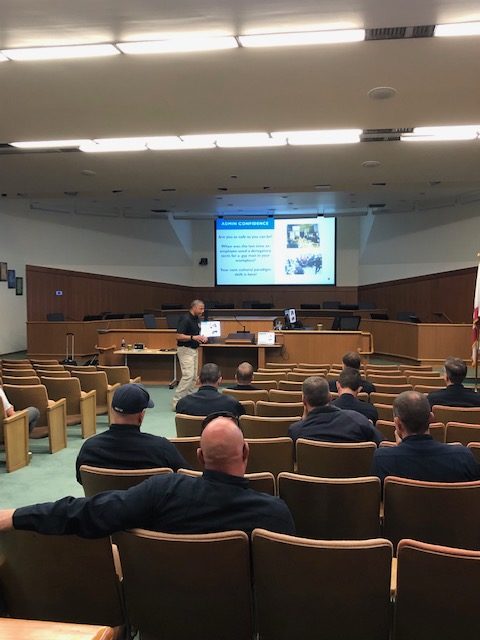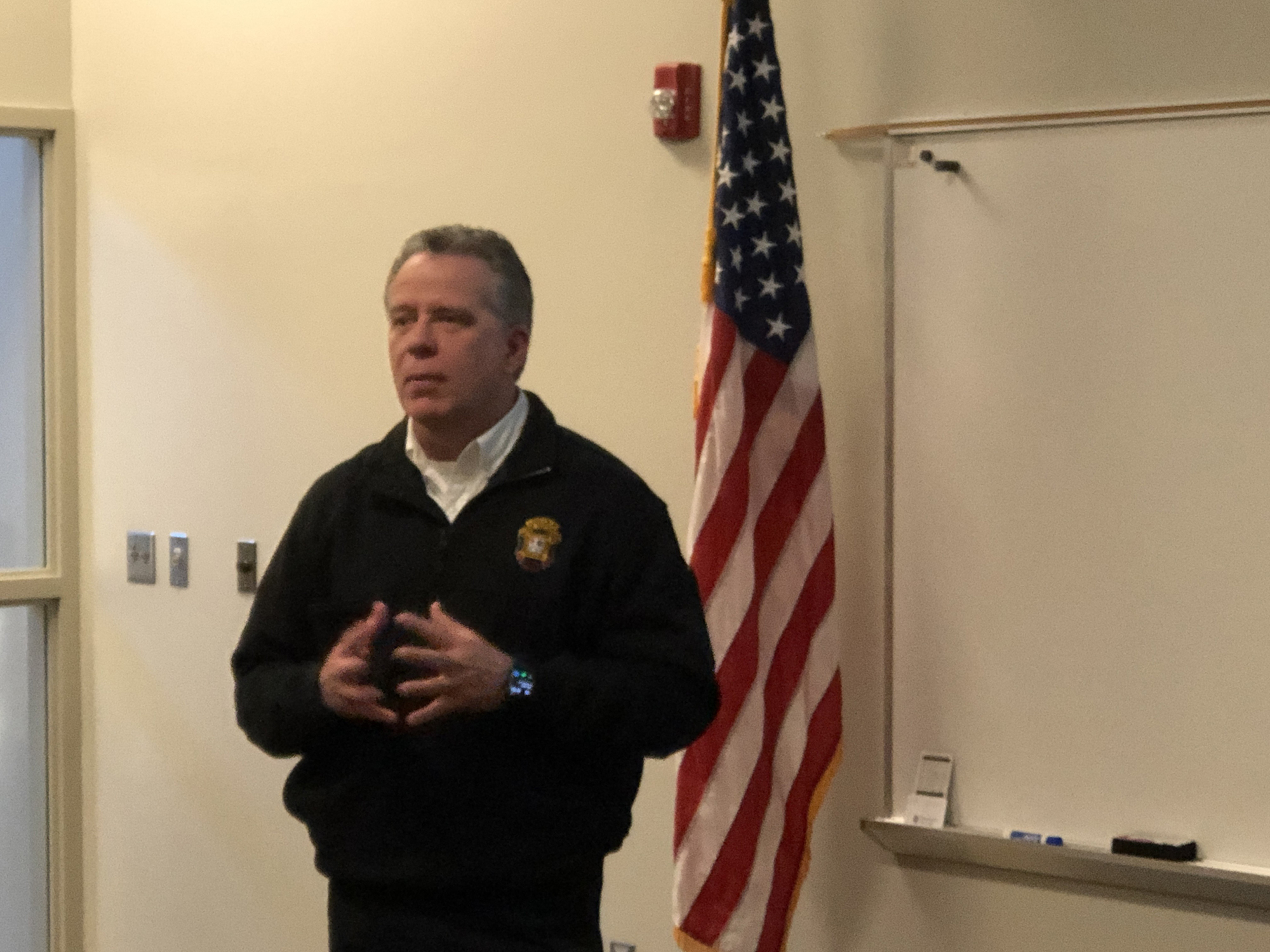WHAT WE DO
About Our Harass-Mat Training
Harass-Mat Training
What is the Big Issue?
You cannot stay abreast of state and national fire service news without a plethora of stories of lawsuits and allegations of harassing and discriminatory behavior in our fire stations. Even in the 21st century, the fire service continues to struggle with these issues and the cause is simple to identify but harder to solve. The core issue is culture. Federal, State and local laws set very clear expectations regarding harassment and discrimination in the work environment. Unfortunately, there is a gap between those expectations the behavior of our firefighters. Often supervisors are unaware of or do not understand, the ways that our fire service culture can lead to a hostile work environment. When faced with these low frequency/high-risk situations, the unprepared supervisor acts in one of two ways. Ignoring the problem hoping it will fix itself, or by giving tacit approval to the behavior by participating. Neither of these is a successful strategy.


Harass-Mat Training
What’s the Solution?
Borrowing from Haz-Mat training and placards, “HARASS-MAT” was specifically designed to help communicate the concepts in a “firefighter-friendly” way and build upon a culture of compliance with agency workplace expectations by developing a “reflex response” to dangerous behaviors. Agencies that have implemented these strategies have reported a noticeable and lasting change in their culture; a change that was not as evident after attempting various online or corporate-focused training presentations.
Harass-Mat Training
What Are the Results from our trainings?
This course will provide meaningful workplace environment training designed by firefighters, for firefighters and presented by professionals with years of line experience. Instructors will use case studies, role play and directed questions, to engage participants in strategies and tactics related to maintaining compliance in the workplace with the use of safe and appropriate humor to both entertain and inform. The participant will recognize the problems associated with training and investment that fails to change culture
Recognize The Difference
The participant will recognize the similarities between the operational expectations of the fire service and the cultural expectations of the modern fire service.
Recognize The Laws
The participant will recognize federal and state laws related to harassment and discrimination, including definitions of what is not harassing and discriminatory behavior.
Risk Assessment
The participant will utilize a scoring matrix to provide a risk-assessment of their organizational culture in relation to harassing and discriminatory behaviors.